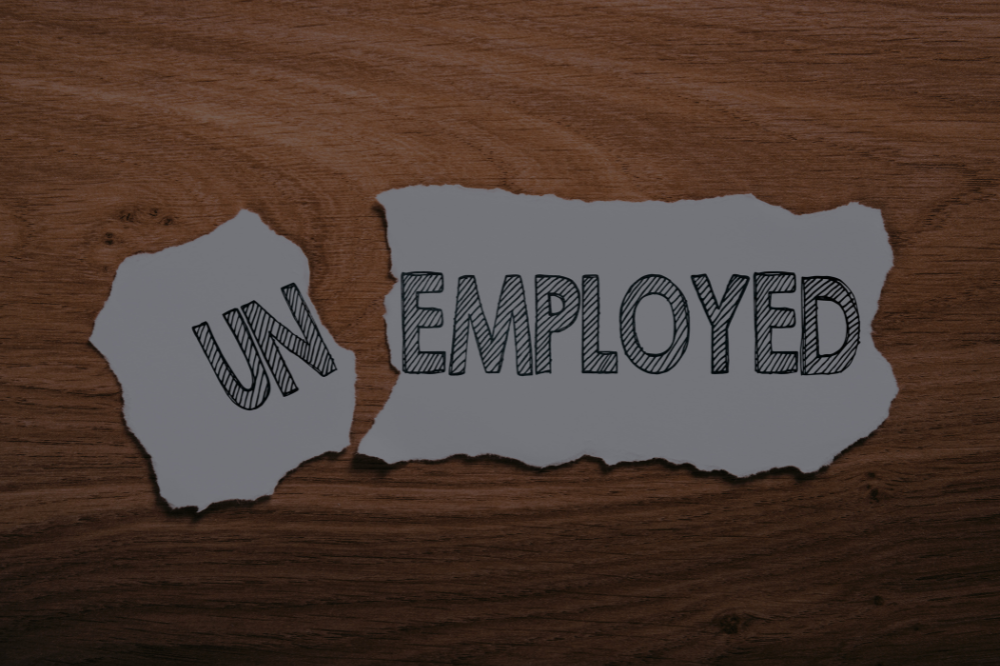Discover the challenges and trends in youth employment, including the rise of “NEETs” and “new unemployables”!
Although the unemployment rate has been at or below 4% for 30 months, many people are still struggling to find work, and some aren’t even looking for one. Among these individuals, there are the young adults who feel discouraged by their economic prospects, leading them to opt out of the labor force, which are refered to as the “NEETs” (Not in Employment, Education, or Training). And, then, there are the “new unemployables”, that despite being well-qualified face difficulties in securing jobs, according to a Korn Ferry report.
In May, the unemployment rate for 16 to 24-year-olds rose to 9%. Alí Bustamante, a labor economist at the Roosevelt Institute, explained this rate is typical for younger workers even in good economic times. While youth unemployment dipped below 7% in 2023, reflecting a hot labor market, the current rate of 9% is considered normal.
In 2023, about 11.2% of U.S. young adults aged 15 to 24 were considered NEETs, per the International Labour Organization. Meaning a lot of them are still not going after getting a job or better education/skills. Roughly one in ten young people are “being left out and left behind in many ways”, Bustamante said. He also noted that while this is typically the norm, the rates should ideally be lower.
Julia Pollak, a labor economist at ZipRecruiter, pointed out that this trend is primarily a “male phenomenon”. She explained that men are increasingly disengaged due to fewer opportunities in traditionally male-dominated fields like construction and manufacturing, whereas women’s educational and employment outcomes have been improving.
Korn Ferry’s report highlighted how “talent hoarding” by employers has contributed to the rise of “new unemployables”. Companies are retaining their current employees and focusing on internal mobility, leading to fewer job openings for highly trained candidates. This situation is exacerbated by firms cutting back on new hires, especially at entry-level positions.
“Employers are holding on to the talent they have and increasingly focusing on talent mobility”, said David Ellis, senior vice president for global talent acquisition transformation at Korn Ferry.
Pollak added that while teen employment is at a decade-high, those in their early 20s are struggling to find jobs. “It’s the 20- to 24-year-olds that saw a massive drop off in the labor force participation during the pandemic, and who have lagged behind ever since”, she said.
According to the National Association of Colleges and Employers (NACE), hiring projections for the class of 2024 have decreased by 5.8% from the previous year. As competition for jobs increases, long-term unemployment has risen by 21%, according to Korn Ferry finds.
How to Go from ‘Unemployable’ to Employable
Despite these challenges, there are steps job seekers can take to improve their prospects. Ellis advises reaching out to former employers or colleagues via LinkedIn or email and setting up informational interviews and asking for job leads or contacts. He also recommends staying visible by writing about industry topics and updating resumes with relevant keywords.
He also suggests not limiting job searches to roles that offer promotions or raises. Instead, consider a “career lattice” approach, where taking a lower position can help gain valuable skills for future advancement.

